The Gift of South Dakota
Subscriptions to South Dakota Magazine make great gifts!
Subscribe today — 1 year (6 issues) is just $29!
Upstaging Mitchell's Sculptor
Sep 28, 2011
Coin aficionados know the name James Earle Fraser. South Dakotans should, too. He spent part of his childhood in Mitchell, where he molded pieces of soft chalkstone from a quarry east of town into people and animals. As an adult he designed the buffalo nickel that remained in circulation for 25 years.
I ran across his name in a book I’m reading called Double Eagle: The Story of the World’s Most Valuable Coin. It’s about the 1933 Double Eagle gold pieces produced at the Philadelphia Mint in the weeks before President Franklin Roosevelt, attempting to avoid a nationwide banking collapse, banned the public from owning gold. Apparently only one has survived, and its tale is exciting enough to tell in book form. At least that’s what I’m hoping. I’m on page 60.
The Double Eagles were designed by Augustus Saint-Gaudens at the urging of President Theodore Roosevelt, who wanted to beautify American coinage. Fraser was at one time a student of Saint-Gaudens’ at a French art school. He was chosen to revamp the nation’s nickels, which until 1913 featured a Liberty head. But as it happened, Fraser’s debut was somewhat spoiled by rogues at the Mint.
All nickels minted in 1913 were supposed to carry Fraser’s design of an Indian head on one side and a striking buffalo on the other. But in 1919 a coin collector named Samuel Brown placed an ad in a magazine seeking 1913 Liberty nickels. Brown said he would pay $600 a piece for them. Later that year, he appeared at a coin show with five such nickels bearing the date 1913.
No one ever discovered with certainty how the coins originated. But Brown was a clerk at the Philadelphia Mint in 1913. One theory suggests that he and a cadre of cronies intentionally coined a handful of 1913 Liberty nickels, knowing they would become rare and valuable coins. Apparently it was fairly common in the Mint’s early years for employees to engage in such trickery.
The coins have gained value ever since. In May 2004, a single 1913 Liberty nickel sold for $3 million.
Buffalo nickels were minted until 1938, when the design was replaced by Thomas Jefferson and his home, Monticello. Fraser’s creations occasionally turn up, but you can see a sample of his artwork at the Dakota Discovery Museum in Mitchell. The museum houses his larger-than-life plaster sculptures of Lewis and Clark that he created in 1923.



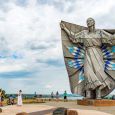

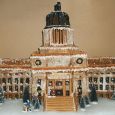
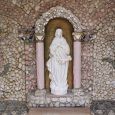
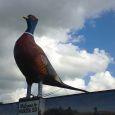
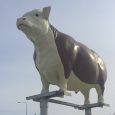


Comments